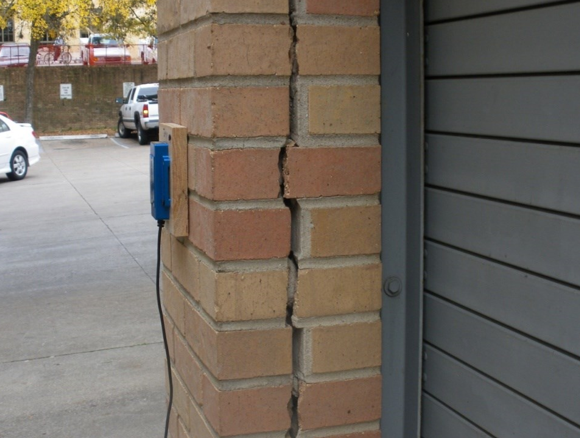J.M. Nichols1, C Kavars2 and A. B. Nichols3
- Assistant Professor, Construction Science Department, Texas A&M University, College Station, TX, 77843-3137, jm-nichols@tamu.edu
- CEO, SENSR, 690 Bridge Street East, Elkader, IA, 52043, ck@referencellc.com
- Assistant Professor, Department of Architecture, Texas A&M University, anichols@tamu.edu
ABSTRACT
Masonry is a fascinating composite material able to withstand significant and sustained environmental loads. Yet, masonry is of such a brittle nature, that its propensity for sudden catastrophic failure frequently results in fatalities amongst the occupants of damaged or collapsing masonry buildings. As an example, the low level of redundancy in churches provides one of the most dangerous combinations to life safety known from environmental loads. Damage and Fracture Mechanics analysis provides a method to estimate the change in stiffness properties for masonry elements as the masonry degrades with strain. The difficulty from a life safety viewpoint, even with this data, is to determine the likelihood of the building’s failure from a given design earthquake. The second question is whether sufficient time exists to evacuate the occupants of a building outside the failure shadow, before the collapse occurs. The purpose of the paper is review the use of new sensor technology, specifically accelerometers, for determining the movement of masonry columns subjected to dynamic loads. This paper reports on the early work in the use of these new sensors to determine the accuracy, limits, and appropriate methods of measurement on masonry columns.
KEYWORDS: Accelerometers, masonry damage, vibration measurement, intrinsic properties
A8-1



